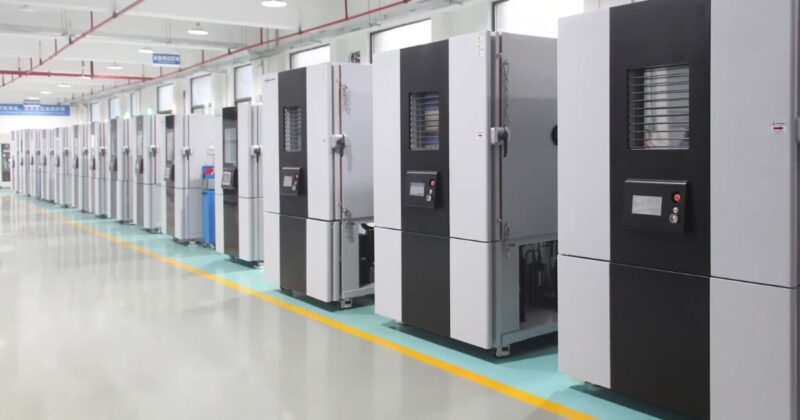When it comes to the vast and intricate field of environmental testing, temperature humidity chambers stand out as essential tools for assessing the resilience and longevity of products under various atmospheric conditions.
These sophisticated devices simulate a wide range of temperature and humidity environments, allowing researchers, manufacturers, and quality assurance teams to predict how products will perform in real-world settings.
The decision to invest in a temperature humidity chamber is significant, and understanding the key factors to consider, coupled with expert tips, can guide you through the purchasing process. This article delves into the essential aspects of temperature humidity chambers, providing insights into what to consider before making a purchase and offering expert advice to ensure you make an informed decision.
Understanding Temperature Humidity Chambers
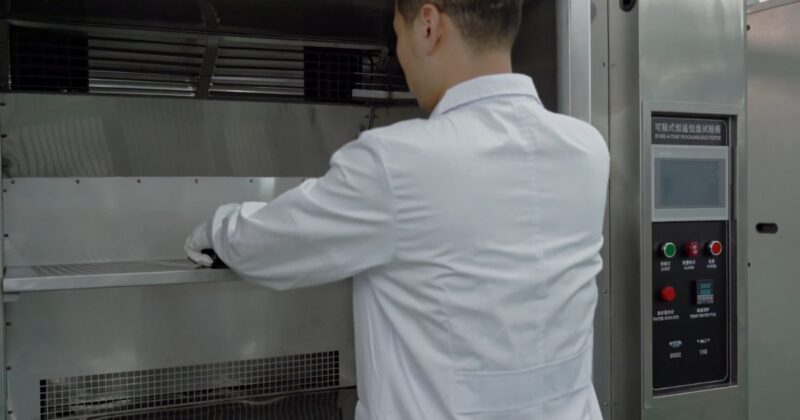
At their core, temperature humidity chambers are controlled environments that can replicate a multitude of atmospheric conditions. The primary function of these chambers is to test the effects of specific humidity and temperature ranges on various products or materials.
By subjecting the test subjects to extreme conditions, such as sweltering heat, cold, or high humidity, researchers can ascertain the durability and operational efficacy of products over time. Read more about humidity test chambers.
The Importance of Environmental Testing
Environmental testing is not merely a regulatory hurdle; it’s a crucial step in product development that ensures safety, reliability, and customer satisfaction. Products that undergo rigorous environmental testing often have a longer lifespan, reduced warranty claims, and a stronger brand reputation. In sectors like aerospace, automotive, electronics, and pharmaceuticals, where products are exposed to a wide array of environmental conditions, the role of temperature humidity chambers becomes even more pivotal.
Key Considerations Before Purchasing
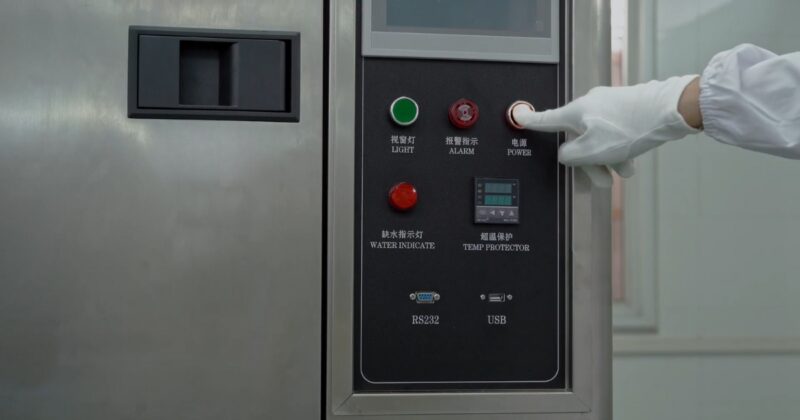
Determine Your Testing Requirements
The foremost step in choosing the right temperature humidity chamber is to clearly define your testing needs. Consider the following questions: What are the temperature and humidity ranges you need to test? What size and type of products will you be testing?
Do you require rapid temperature change rates or long-term stability tests? Understanding these requirements will help narrow down your options and ensure the chamber you select can meet your testing needs.
Chamber Size and Capacity
Size matters when it comes to selecting a temperature-humidity chamber. It’s essential to consider both the current and future testing needs. Opting for a chamber that’s too small could limit the scope of your testing, while an excessively large chamber may be inefficient in terms of energy consumption and space utilization. Balance is key, and consulting with chamber manufacturers can provide valuable insights into the most appropriate size for your applications.
Temperature and Humidity Range
The temperature and humidity ranges of the chamber are critical specifications that should align with your testing requirements. Chambers come with varying capabilities, from mild temperature and humidity conditions to extreme values that can simulate harsh environmental conditions. Ensure that the chamber you’re considering can achieve and maintain the specific conditions required for your tests.
Control and Uniformity
The precision and uniformity of temperature and humidity control within the chamber are vital for accurate and reliable testing. Look for chambers with advanced control systems that can maintain consistent conditions throughout the test area. Variations in temperature or humidity can lead to inconsistent test results, making control a top priority in your decision-making process.
Ease of Use and Maintenance
The usability and maintenance requirements of a temperature humidity chamber can significantly impact its operational efficiency. Chambers that are user-friendly, with intuitive interfaces and easy access for maintenance, can save time and reduce the risk of operational errors. Consider chambers with self-diagnostic capabilities and easy-to-replace components to minimize downtime and maintenance costs.
Reliability and Durability
The reliability and durability of a temperature humidity chamber are essential for uninterrupted testing and long-term investment value. Research the chamber’s construction materials, insulation properties, and quality of components to gauge its durability. Additionally, consider the reputation and track record of the manufacturer, as well as the availability of warranty and support services.
Safety Features
Safety should never be compromised when working with temperature-humidity chambers. Ensure that the chamber you select is equipped with safety features such as over-temperature and over-humidity protections, electrical safety components, and fail-safe mechanisms. These features not only protect the chamber and the samples but also ensure the safety of the operators.
Expert Tips for Making an Informed Purchase
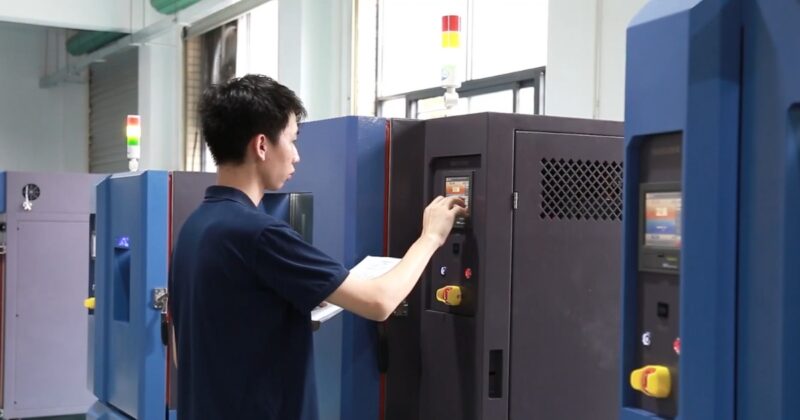
Consult with Experts
Before finalizing your decision, consult with experts in the field of environmental testing. Manufacturers, experienced users, and technical consultants can offer valuable insights into the selection process, helping you understand the nuances of different chamber models and their suitability for your specific testing needs.
Consider Future Needs
While it’s important to select a chamber that meets your current testing requirements, it’s equally crucial to consider future needs. Anticipate potential changes in testing protocols, product sizes, or environmental conditions to ensure the chamber you choose can adapt to evolving requirements.
Evaluate Total Cost of Ownership
The initial purchase price of a temperature humidity chamber is just one component of the total cost of ownership. Consider factors such as energy consumption, maintenance costs, and the potential need for additional equipment or modifications. A seemingly expensive chamber with higher efficiency and lower maintenance costs may offer better long-term value than a cheaper, less reliable option.
Request Demonstrations and Trials
Whenever possible, request demonstrations or trial periods to assess the chamber’s performance in real-world conditions. Hands-on experience can reveal practical aspects of the chamber’s operation, control accuracy, and ease of use that may not be evident from specifications alone.
Review Documentation and Support
Thoroughly review the documentation provided with the chamber, including user manuals, maintenance guides, and troubleshooting instructions. Ensure that the manufacturer offers comprehensive support services, including technical assistance, spare parts availability, and training resources.
Consider Customization Options
Depending on your testing requirements, you may need specific features or modifications that standard chambers don’t offer. Explore customization options with manufacturers to tailor the chamber to your precise needs. Customized solutions can enhance testing efficiency and ensure more accurate results.
Evaluate Environmental Impact
In today’s eco-conscious world, considering the environmental impact of your temperature humidity chamber is important. Look for energy-efficient models that minimize power consumption and use eco-friendly refrigerants. Reducing the environmental footprint of your testing operations can contribute to sustainability goals and potentially reduce operational costs.
Conclusion
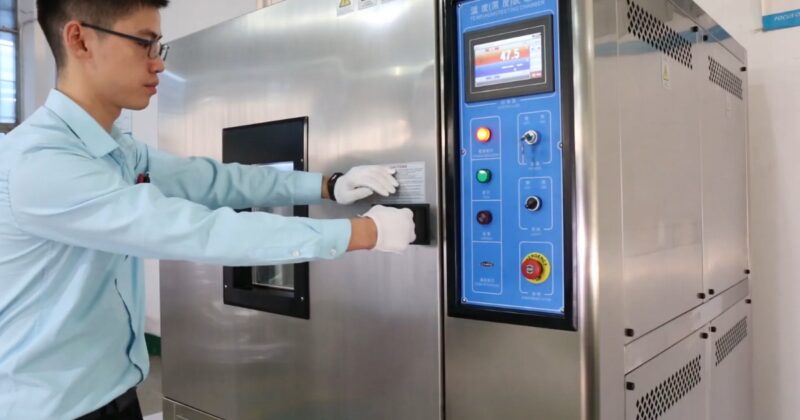
Investing in a temperature humidity chamber is a significant decision that requires careful consideration of numerous factors. By understanding your testing requirements, evaluating key features, and considering expert tips, you can make an informed choice that meets your needs and provides reliable, accurate environmental testing capabilities. Remember, the right temperature humidity chamber is not just a piece of equipment; it’s a cornerstone of product quality, safety, and innovation in your field.

